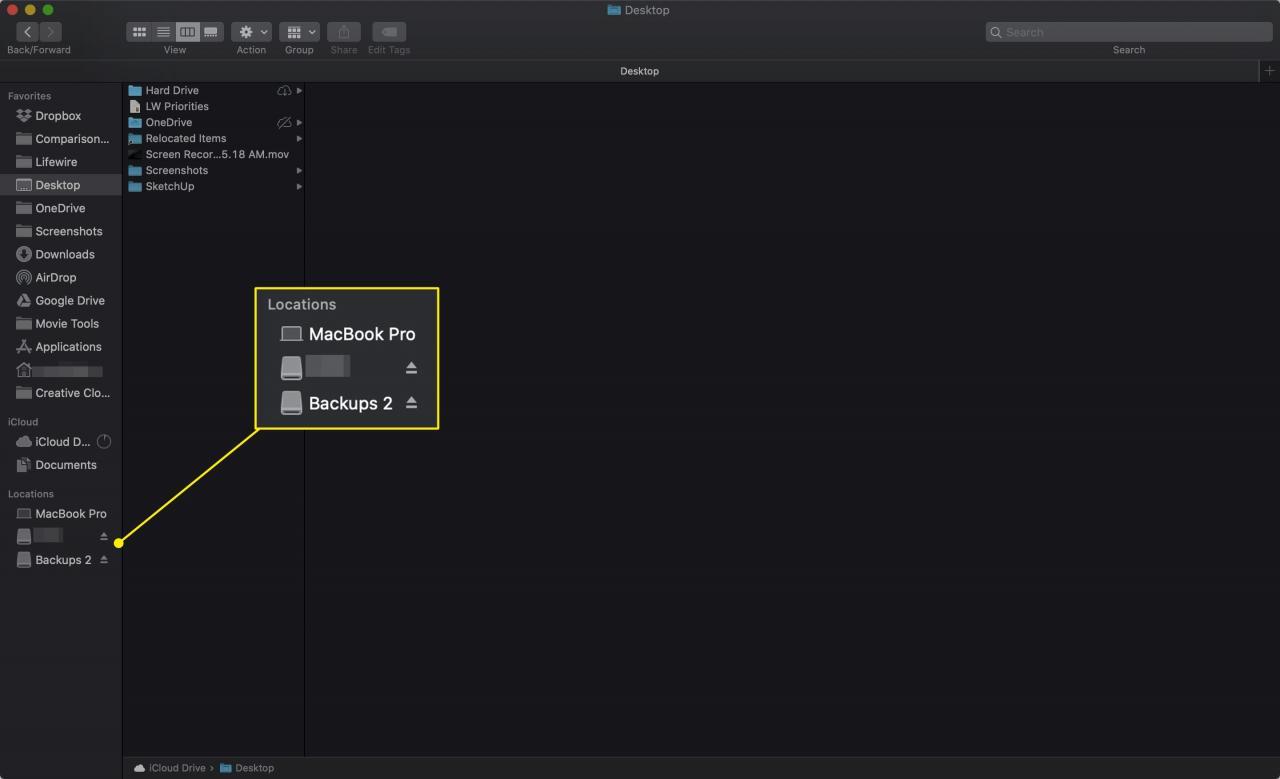
Repeat this process unit you can play the passage perfectly 12 BPM faster than the tempo marking in the music. If you can, then increase the tempo by 2 to 4 BPM and then play through it again. Try playing the passage at this slower tempo and see if you can play it perfectly. If the passage is simple, this might work (but then why are you practicing it?), but a smarter approach is to set your metronome at least 20 bpm slower.
#Taptempo finder free#
Rubato - free adjustment of (slowing) the tempo for an expressive purpose.Ritenuto - slightly slower, but achieved more immediately.Ritardando (often written as rit.) - gradual slowing down.Rallentando (often written as rall.) - a gradual slowing down.

Precipitando - hurrying going faster/forward.Mosso - movement, more lively quicker, much like piu mosso, but not as extreme.Lentando - gradually slowing, and softer.Doppio movimento / doppio piu mosso - double-speed.Calando - going slower (and usually also softer).Allargando - growing broader or decreasing in tempo.Accelerando - gradual speeding up (abbreviation: accel.).Here are some musical terms you might see that indicate a change in tempo: This can happen gradually or all of a sudden. Tempos will usually vary during a piece of music. Take the tempo marking of vif, which means lively. You'll see them before the tempos defined above. These two words are modifiers for tempos. Au mouvement - play the original or main tempo.Sometimes you will see the tempo written in the native language of the composer (typically French, German, or English). Slighlty faster and more light-hearted than Andante Italian Tempo Marking Slow Tempo Markings Tempo Marking A great example of this is with Largo (slow) Larghissimo is extremely slow and Larghetto is less slow (or faster) than Largo. issimo means "extremely" and -etto meaning a "lesser version" of. You'll notice that many of the words end with -issimo or -etto. Here is a list of common tempo markings and their metronome mark range. You'll see tempo markings most often written in Italian. Composers would notate the tempo as Quarter note = 120bpm.

For example, in common time, the quarter note received the beat. If the tempo is written just as beats per minute, the composer will show you which note value is receiving the beat. The musician or conductor is free to choose where in this range the piece is performed. Notice that I wrote "between 120 and 168 beats per minute," as it is very common for tempo markings to encompass a range.

The composer could write Allegro or 120bpm. For example, Allegro means fast and is a tempo between 120 bpm and 168 bpm. Tempo markings are usually written as a word that corresponds with a number, which you will see below, or in beats per minute (bpm). A tempo marking lets you know the speed (called tempo) at which the composer wants a piece of music performed.


 0 kommentar(er)
0 kommentar(er)
